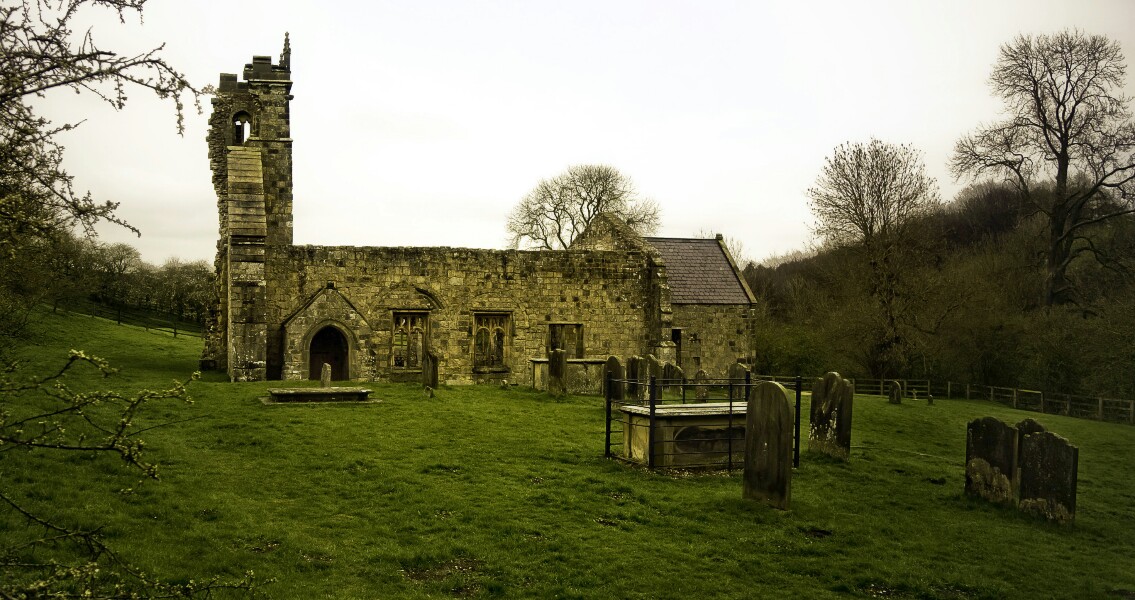<![CDATA[A recent study suggests the ancient inhabitants of the once flourishing village of Wharram Percy dismembered and burned the skeletons of the newly deceased to prevent them from returning to harm the living. The study involved 137 pieces of broken human bones and concludes that the most plausible explanation for the cuts and burn marks found on the upper body bones and the skulls is deliberate mutilation that occurred after death. Conducted by Historic England and the University of Southampton, the research may be the first scientific evidence found in England of efforts made specifically to prevent the dead from rising. The research doesn’t support other, equally gruesome explanations for the burn and cut marks discovered on the skulls and bones such as cannibalism (due to famine), or a massacre by outsiders. The location of the cut marks doesn’t support butchery, and isotope analysis shows that the deceased were from the same area as Wharram Percy, which is located in North Yorkshire. The collection of human bones date back to between the eleventh and fourteenth centuries and include the remains of at least ten individuals between the ages of two and 50, including seven adults (two of whom were women), and three young children. The bones were originally excavated in the 1960s but had not been studied or analyzed until now. A ruined church, a few cottages, and a series of mounds in the fields is all that remains of Wharram Percy, a prosperous village at one time with two manor houses and numerous smaller houses. The overlapping pits where the bones were discovered were located between the houses, removed from the church and graveyard. The village, completely deserted by the first part of the sixteenth century, was excavated extensively during the twentieth century and is among the best documented of the thousands of villages that were abandoned due to depopulation, plague, or changing agricultural practices. Skeletal biologist Simon Mays from Historic England is quoted by the Guardian as saying: “The idea that the Wharram Percy bones are the remains of corpses burnt and dismembered to stop them walking from their graves seems to fit the evidence best. If we are right, then this is the first good archaeological evidence we have for this practice,” adding, “It shows us a dark side of medieval beliefs and provides a graphic reminder of how different the medieval view of the world was from our own.” A variety of remedies for preventing the restless dead from rising is offered by medieval sources. The solutions include digging up and then decapitating or burning the skeletal remains of individuals believed to be cursed or evil in life and who still held a grudge against those still living. The condition of the bones at Wharram Percy indicates the bodies were decapitated and burned shortly after death, while the bones were still soft. When the bones were first discovered, archaeologists believed they were the remains of early Romano-British settlers which were disturbed and then reburied by the villagers. The research has been published in the Journal of Archaeological Science. ]]>
Study Examines Centuries Old Efforts to Prevent the Dead from Rising
